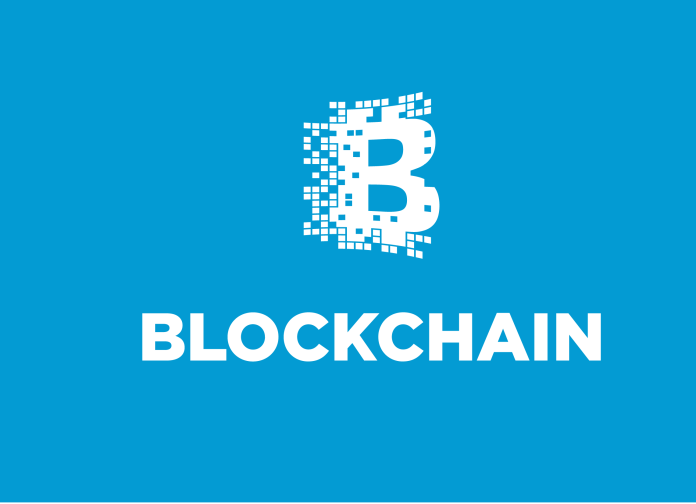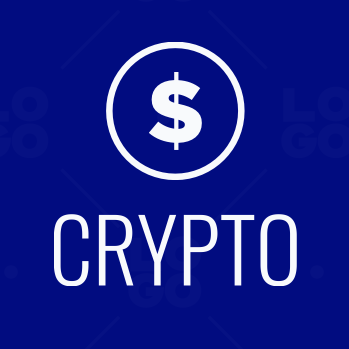Key Takeaways:
- Blockchain is a decentralized digital ledger that records transactions securely and transparently.
- It powers cryptocurrencies, smart contracts, and emerging Web3 innovations.
- By 2026, blockchain will extend beyond finance into identity, supply chains, and governance.
What Is a Blockchain?
Few technologies have reshaped the digital world as profoundly as blockchain. In 2025, it stands at the center of a technological revolution — powering cryptocurrencies, smart contracts, decentralized finance (DeFi), and even government systems.
Yet despite its popularity, blockchain remains misunderstood. What is it exactly? How does it work? And why has it become so vital to the internet’s next chapter?
The Foundation: A Digital Ledger of Trust
At its core, a blockchain is a decentralized digital ledger — a system for recording and verifying transactions without relying on a single authority, like a bank or government.
Every time a transaction occurs, it’s grouped with others into a “block.” That block is then added to a chain of previous ones, forming an unchangeable timeline of activity. Once data is added, it cannot be altered or deleted — creating an immutable record of trust.
Each participant in the network (called a node) holds a copy of this ledger, ensuring that no single entity controls the data. This decentralized nature makes blockchain transparent, secure, and resistant to tampering.
Also read: How to Buy Your First Cryptocurrency
How Blockchain Works — Step by Step
Although the underlying code can be complex, the process is simple at a conceptual level:
- Transaction Initiation: A user requests a transaction — for instance, sending cryptocurrency.
- Verification: The network’s nodes validate the transaction using cryptographic rules.
- Block Creation: Verified transactions are bundled into a new “block.”
- Consensus Mechanism: The network agrees that the block is valid (often through Proof-of-Work or Proof-of-Stake).
- Addition to the Chain: The block is permanently added to the blockchain, and the transaction becomes official.
This transparent, self-verifying process eliminates the need for middlemen and significantly reduces fraud.
Public vs. Private Blockchains
As blockchain adoption grows, different forms have emerged to suit specific needs.
- Public Blockchains (like Bitcoin or Ethereum) are open to everyone. Anyone can join, verify transactions, or even develop applications on them. They’re fully decentralized and transparent.
- Private Blockchains are controlled by an organization or consortium. Access is restricted, making them suitable for enterprises and governments seeking efficiency and privacy.
- Hybrid or Consortium Blockchains blend both models, allowing for selective transparency while maintaining shared control among trusted parties.
This flexibility explains why blockchain is now used far beyond cryptocurrencies — from logistics to identity management.
Why Blockchain Matters in 2025
Blockchain has moved from theory to real-world utility. As of 2025, it underpins entire digital economies and plays a critical role in reshaping global finance.
1. The Backbone of Crypto and DeFi
Every cryptocurrency transaction, from Bitcoin payments to DeFi lending, runs on blockchain. It ensures trust between users without needing banks or intermediaries.
2. Smart Contracts
Platforms like Ethereum and Solana enable programmable agreements — known as smart contracts — that execute automatically when conditions are met. They power decentralized apps (dApps), NFTs, and blockchain games.
3. Supply Chain and Data Verification
Businesses now use blockchain to track goods, verify authenticity, and reduce fraud. For instance, in 2025, several luxury brands use blockchain to confirm product origins and prevent counterfeits.
4. Digital Identity and Governance
Governments are exploring blockchain-based identity systems to give citizens more control over their data while improving transparency in elections and public spending.
5. Environmental and Scalable Solutions
Newer blockchains, like Avalanche, Cardano, and Polygon, are focusing on energy-efficient consensus models — a shift that addresses the sustainability concerns of earlier crypto networks.
Challenges and Misconceptions
Despite its promise, blockchain faces hurdles.
- Scalability: As networks grow, transaction speeds can slow, requiring technical upgrades.
- Regulation: Governments continue to refine how blockchain-based assets are taxed and monitored.
- Security Myths: While blockchains themselves are secure, poorly designed apps or centralized exchanges can still be hacked.
- Public Understanding: Many still equate blockchain only with cryptocurrency, missing its broader potential.
Yet innovation continues at record pace. 2026 is expected to bring major breakthroughs in interoperability, allowing blockchains to communicate seamlessly — a key step toward a truly connected Web3 ecosystem.
The Future of Blockchain
Looking ahead, blockchain’s role is set to expand far beyond finance. Experts predict integration into healthcare, energy, real estate, and even climate tracking.
The next phase of adoption will focus on user experience — making blockchain invisible in daily life, just like the internet protocols that power the web today.
In essence, blockchain is becoming the new trust layer of the digital world — quietly enabling global collaboration without central control.
Conclusion
Blockchain isn’t just a buzzword — it’s a foundation for a more transparent and decentralized future. In 2025, understanding how it works is as essential as knowing how the internet functions.
From powering cryptocurrencies to revolutionizing industries, blockchain represents a profound shift in how humans share value and verify truth. And as technology continues to mature through 2026 and beyond, it’s clear that blockchain is here to stay — shaping the next evolution of digital trust.



